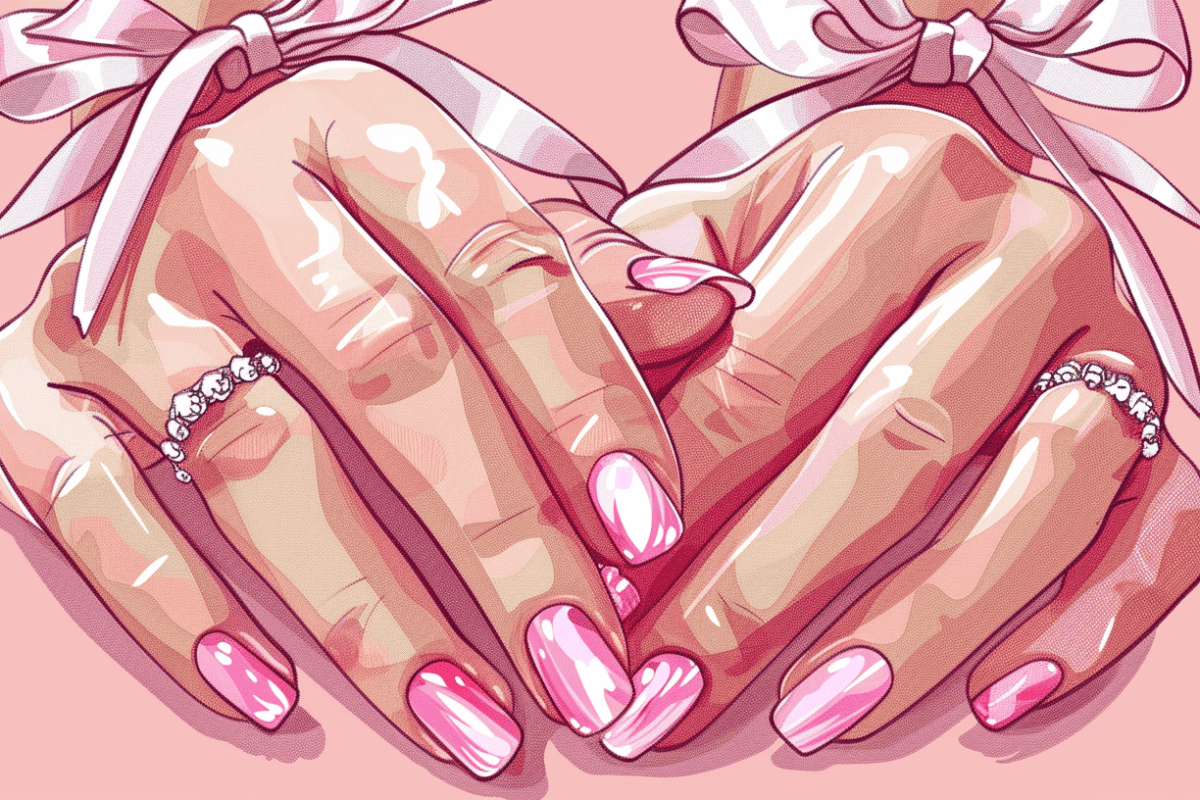The profound experience of becoming a parent is accompanied by a significant responsibility: ensuring the safety of your precious new arrival. Newborns, given their vulnerability, demand constant and vigilant care, especially in their formative months. Their safety needs span from their sleeping environment to their traveling accommodations. Let’s explore the various measures parents can adopt to guarantee the safety of their infants.
The Sleeping Environment
Ensuring a safe sleeping environment is crucial for a newborn. One of the leading concerns for many parents is the Sudden Infant Death Syndrome (SIDS). To mitigate risks associated with SIDS, it’s vital to place your baby on their back for every sleep cycle, whether it’s a long night’s sleep or a short nap. The sleep surface should be firm with a tight-fitting sheet, free from toys, pillows, or any soft bedding that might pose a suffocation risk. While the idea of co-sleeping might seem appealing, especially for easier nighttime feeding, it’s recommended to avoid sharing a bed with the infant. Instead, for the first six months or longer, parents can place the baby’s bassinet or crib in their room, ensuring closeness without the risks associated with bed-sharing.
Feeding Safely
The act of feeding a baby, whether through breastfeeding or bottle-feeding, comes with its safety considerations. Holding your baby during feeding sessions is essential, as propping up a bottle can lead to unexpected hazards like choking. When serving milk or formula, it’s crucial to check the temperature, ensuring it’s neither too hot nor too cold. This can be done by dripping a little on the inside of your wrist. Sterilization is another key aspect of feeding safety. Bottles, nipples, and other feeding equipment should be regularly sterilized to eliminate any harmful bacteria or germs, ensuring that the baby’s intake remains clean and safe.
Car Seats
Car seats stand as one of the most crucial safety devices for your child. A significant number of preventable injuries and fatalities occur due to incorrect car seat usage. When choosing a car seat, it’s paramount to ensure it is suitable for the baby’s age, weight, and height; for newborns, rear-facing seats are the gold standard. Proper installation is another critical aspect; when secured, the seat should exhibit minimal movement, no more than an inch side-to-side or front-to-back. The harness should be snug with the chest clip at armpit level, and the straps should be straight without any twists. Given the potential risks, it’s advised against using second-hand seats unless their history is known; remember, car seats have expiration dates and shouldn’t be used post any kind of vehicular accident.
Bathing Safely
Bathing a newborn is an experience filled with joy, but it’s also a time to exercise utmost caution. A cardinal rule during bath time is never to leave the baby unattended, even momentarily. Even a split second is enough for an accident to occur. The water’s temperature should be monitored closely, ensuring it’s warm but not scalding, with parents often using their elbow or specialized bath thermometers to gauge it. To prevent any slips or accidental movements, using a non-slip bath mat can be extremely beneficial. Lastly, it’s always wise to have all the bathing essentials within arm’s reach before starting, so there’s no need to divert attention away from the baby.
Protecting from Household Hazards
As infants grow, their innate curiosity often leads them to explore their surroundings. This makes baby-proofing an essential step in ensuring a safe environment. Furniture, particularly tall pieces, should be anchored to walls to prevent any potential tipping hazards. Safety gates, especially at the top and bottom of staircases, can prevent dangerous tumbles. Electrical outlets, often at baby’s eye level, should be secured with protective covers to deter any poking fingers. And, of course, small objects that present choking hazards, as well as chemicals and medications, should be kept well out of reach, ideally in locked cabinets.
The safety of your newborn encompasses myriad aspects, each demanding attention and care. By understanding potential risks and adopting safety measures, parents can foster an environment where their baby can thrive. The task might seem daunting, but with the right information and consistent efforts, it becomes manageable. Always trust your parental instincts, stay updated on safety guidelines, and seek advice from experienced caregivers when in doubt.
This is a sponsored post
Digital Health Buzz!
Digital Health Buzz! aims to be the destination of choice when it comes to what’s happening in the digital health world. We are not about news and views, but informative articles and thoughts to apply in your business.


